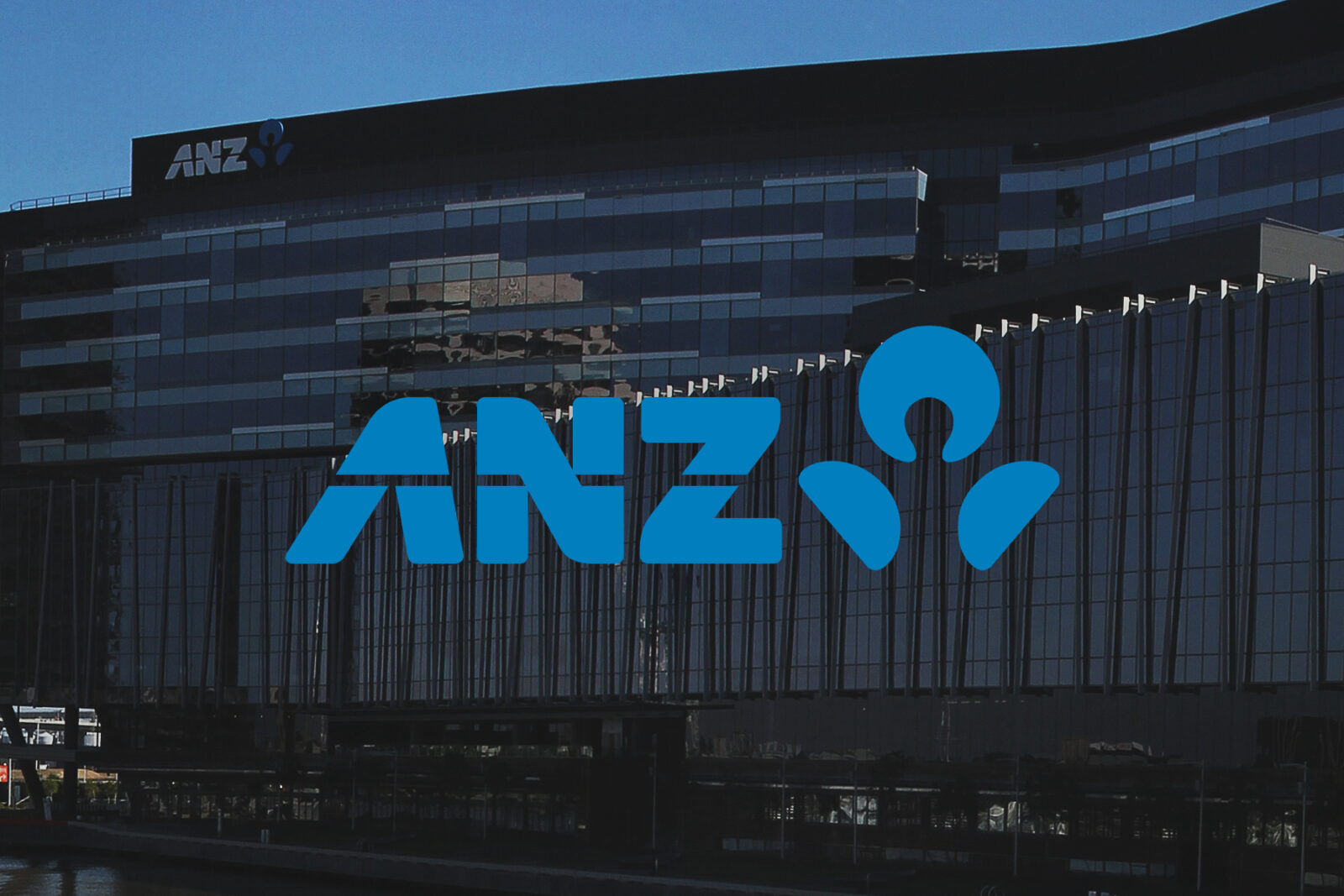ANZ flags low savings, ‘stagnating’ investments in PH

Constrained household savings—as shown by surging credit card debts—could be a “worrying” sign for the Philippines, especially against the backdrop of “stagnating” investments, ANZ Research said.
In a commentary, ANZ said such a condition may suggest that the country is increasingly relying on foreign capital to fund everyday spending of consumers, instead of investing the money in projects that would help grow the economy.
And the red flags are in the country’s current account balance—which has been in a deficit that, ANZ said, would likely remain elevated at 3.6 percent of gross domestic product (GDP) in 2025.
Latest data showed the country’s current account deficit reached $4.2 billion in the first quarter, equivalent to 3.7 percent of GDP.
From a national accounting perspective, the current account balance is the difference between gross domestic savings and total investments.
ANZ explained that in emerging markets like the Philippines, where there is a strong need to invest in development but limited savings, current account deficits are common.
These deficits mean the country relies on foreign money to support growth—which can be normal in early development stages.
However, ANZ said that these deficits are sustainable only if the borrowed money is used to boost future income and the ability to repay.
“In this context, it is notable that although the current account balance is lower for Malaysia, Thailand and the Philippines, their investments as a share of GDP have also fallen compared to their prepandemic averages,” ANZ said.
High inflation
“This implies that savings have fallen even more sharply. This is especially worrying for the Philippines as it runs a current account deficit, which has widened in recent years amid stagnating investments,” it added.
ANZ said savings have remained constrained in the region as high inflation in recent years has led to low real income growth.
While inflation has subsided, the bank said wages have not grown sufficiently to offset the impact of higher price levels.
This, ANZ said, is evident in the Philippines, where household savings are “structurally low, driven by a large informal sector, low incomes and limited access to formal saving instruments.”
“Household savings as a share of GDP returned to its prepandemic level in 2024 following three years of dissaving between 2020 and 2022,” the bank said.
“Moreover, a surge in credit card loans in recent years points towards higher stress among households,” it added.
Moving forward, ANZ said it expects this trend to continue.
“Subdued savings will be offset by moderating investments. However, such a pattern reflects weakness than strength in growth,” it said.





















